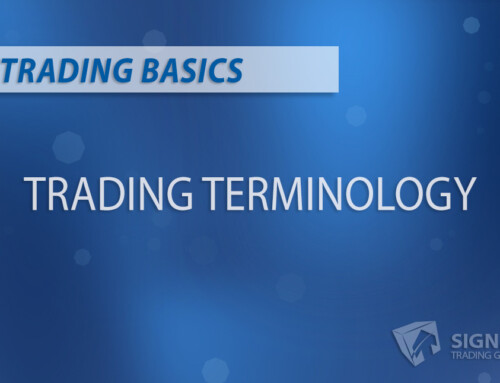I reviewed the book The Ivy Portfolio by Mebane Faber and Eric Richardson this past weekend in my Off the Shelf blog. As the book talks about Tactical Asset Allocation (TAA), I thought I’d add to the discussion by providing more context.
Tactical Asset Allocation: An Essential Strategy for Diversified Investment Portfolios
Successful investing often involves finding the right balance of assets in a portfolio to achieve specific financial goals over a specific time horizon. To achieve this balance, investors use tactical asset allocation (TAA). In this article, we will take a closer look at TAA, discussing its core concept and goals, the asset classes involved, example scenarios, methodologies, and the pros and cons of using TAA in various types of portfolios.
Understanding Tactical Asset Allocation
Tactical asset allocation is a dynamic investment strategy that involves actively adjusting the weights of different asset classes in a portfolio to take advantage of short-term market opportunities and conditions. The primary goal of TAA is to enhance returns or optimize risk by capitalizing on market inefficiencies or trends.
TAA differs from strategic asset allocation (SAA), where the investor maintains a long-term, static allocation to various asset classes based on risk tolerance and financial goals. Instead, tactical asset allocation allows for an additional layer of active management, intending to add value over and above what a static allocation would produce.
Asset Classes and Diversification
Investors typically consider a wide range of asset classes when constructing portfolios. Some of the most common ones include:
- Stocks: Also known as equities, stocks represent ownership in a company. Stocks can be classified based on region (e.g., domestic or international), size (e.g., large-cap, mid-cap, or small-cap), or industry sector (e.g., technology or healthcare).
- Bonds: Debt securities issued by governments or corporations that pay periodic interest and return principal at maturity. Bonds can be classified based on the issuer (e.g., government, municipal, or corporate), credit quality (e.g., investment-grade or high-yield), and maturity (e.g., short-term, intermediate-term, or long-term).
- Commodities: Raw materials or primary goods, such as gold, oil, or agricultural products. Commodities can provide a hedge against inflation and a source of return uncorrelated to traditional stocks and bonds.
- Real Estate: Physical properties, such as land or buildings, can offer income generation potential and a hedge against inflation.
- Cash Equivalents: Low-risk, liquid investments, such as Treasury Bills or money market funds, that provide capital preservation with minimal return potential.
A well-diversified portfolio contains a mix of these asset classes, which often move in different directions and help reduce overall risk.
Example Scenarios & Benefits of TAA
Here are two examples of when using a Tactical Asset Allocation strategy may benefit investors:
- Defensive Portfolio Shift: In the face of an anticipated economic slowdown or recession, a TAA investor might reduce exposure to equity assets (e.g., stocks) and increase allocation to more defensive, lower-volatility assets like bonds and cash equivalents. This could help protect their portfolio from potential short-term market downturns while awaiting future buying opportunities.
- Oversold Market Conditions: When an asset class is perceived as oversold, a TAA investor might take advantage of a potential rebound by temporarily increasing their allocation to that asset. For example, if commodities prices had fallen due to negative sentiment, a TAA investor might increase their allocation to commodities, seeking to benefit from a potential price increase.
Pros and Cons
Pros:
- Enhanced return potential: TAA can help investors capitalize on short-term market opportunities and increase returns above what a static allocation might produce.
- Tactical flexibility: Tactical asset allocation allows for the active management of portfolios, which can be beneficial in highly volatile or uncertain markets.
- Dynamic rebalancing: With regular monitoring, TAA investors can adjust their portfolios to changing market conditions.
Cons:
- Increased complexity: TAA requires a higher level of portfolio oversight, which can be time-consuming.
- Added costs: Active management of portfolios may require additional fees and expenses.
- Risk of underperformance: As with any investing strategy, there is no guarantee that TAA will produce better results than a static allocation.
Overall tactical asset allocation can be a tool in helping investors meet their financial goals. By monitoring markets closely and adjusting portfolios accordingly, investors can increase returns while more conservatively managing risk. However, as with any investment strategy, it’s crucial to thoroughly understand TAA’s potential risks and costs before implementing it in a portfolio.
In conclusion, Tactical Asset Allocation is a type of investing that can offer flexibility in portfolios and potentially enhanced return potential. It involves regularly monitoring the markets and adjusting allocations to take advantage of short-term opportunities and hedge against risks. While this strategy has benefits and drawbacks, it may be an option for investors looking for a more active approach to investing. Ultimately, investors need to understand the risks associated with TAA and decide if it’s the right strategy for their goals.





